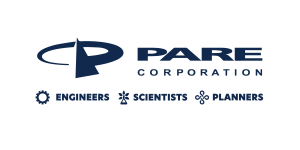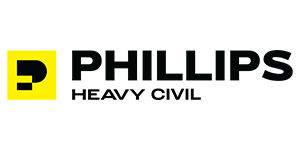Resource
Understanding Modern Dam Foundation Grouting and Cutoff Wall Fundamentals
There are many reasons to grout a dam foundation, including seepage control, reducing foundation uplift pressure, foundation improvement, and protection of the dam foundation from the effects of seepage, depending on the type of dam and its design. While dam and appurtenant structure foundations are only one aspect of a multidiscipline dam engineering project, this paper will help those that are less familiar with dam foundation grouting to understand the fundamental concepts and terminology used in the industry. Seepage control is the primary focus of this paper, but settlement and strength concerns may also be addressed with some of the methods discussed. Grouting is one way to control seepage and its undesirable effects and may be combined with other methods such as cutoff walls. Many positive cutoff wall construction methods are currently employed using a variety of equipment and materials. Mixed-in-place or excavate and replace are the main categories for cutoff wall construction, and their pros and cons will be discussed along with their feasibility in different geologic formations. Phased geologic reconnaissance and subsurface investigations and general concepts related to dam foundation grouting will be discussed as will typical conceptual design considerations, followed by typical construction means and methods. Conceptual design considerations will include single-row versus multiple-row grout curtains; blanket and consolidation grouting; grout hole depth, spacing, and orientation; ascending and descending staging; split spacing, refusal, and closure criteria; and use of grout caps will be discussed. Some special cases such as consolidation, blanket, stitch, and jet grouting and grouting in Karst rock will also be discussed briefly. It will also cover grouting materials, grout hole drilling, water pressure testing, grout mixing, and grout injection equipment and procedures. Conditions that limit grouting feasibility and effectiveness and cutoff alternatives will be discussed.
































